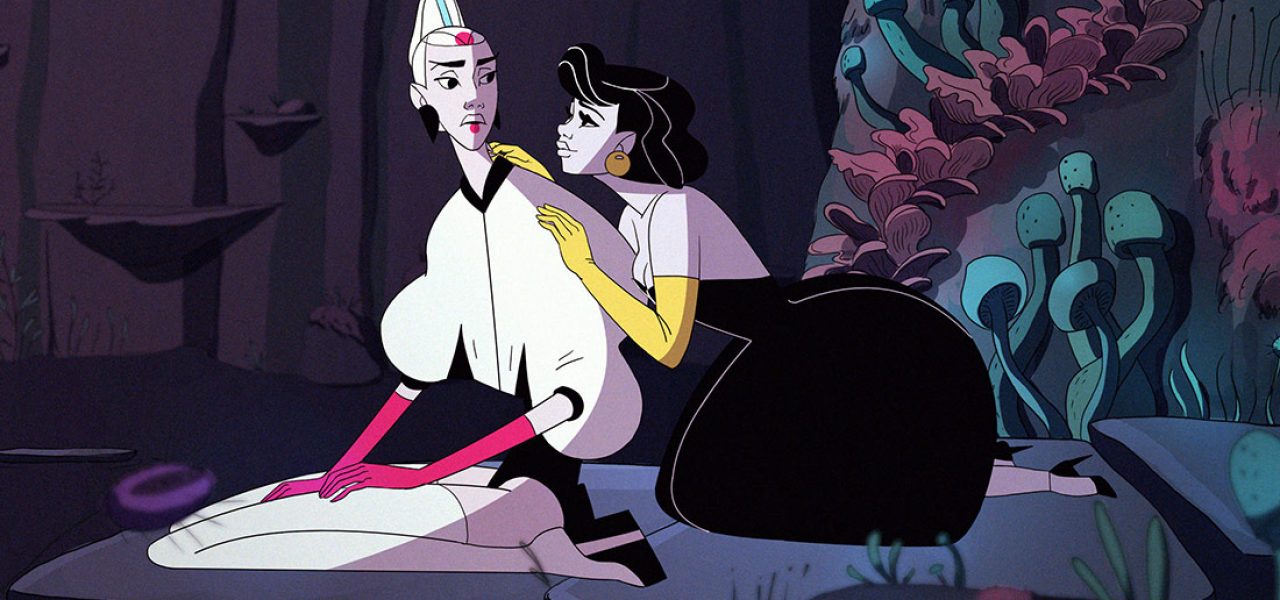
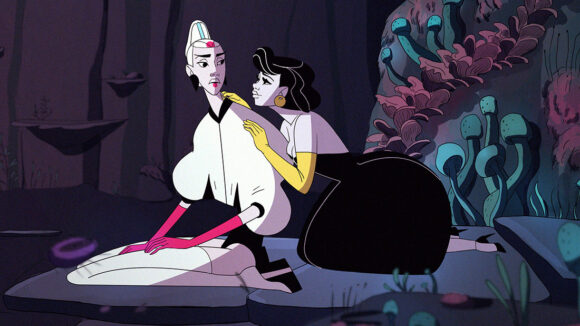
Watch The Online Premiere Of The Pilot For The Danish Adult Fantasy ‘Fjer’ (NSFW)
Cartoon Brew presents the online premiere of the concept pilot for Fjer, a darkly poetic and freaky urban fantasy web series about emancipation and discovering one’s own sexuality.
The concept pilot is created by Danish animation studio Sønc, marking the young firm’s first footsteps into the international market.
Whereas the pilot has been finished, the project as a whole is still in its concept phase. Director Jeanette Nørgaard and producer Lorène Lescanne are currently figuring out what format fits their story world best. In the meantime they are sharing the pilot with Brew readers, along with some lessons learned while developing and pitching the concept.
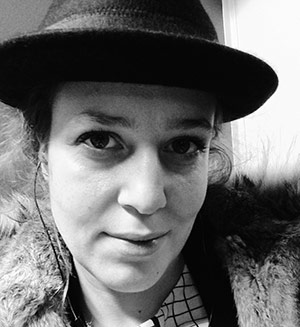
A rollercoaster journey
The eight-minute pilot was created in barely half a year. In that same period of time the studio was assembling its team, developing the concept’s whole universe, and writing treatments and scripts for the web series episodes. “We basically had no time to think,” Nørgaard says. “It was insane, but it was a great experience in the sense that, when you think so fast, there’s this great energy about it. Everybody on the team is just pushing to make it happen, and it really feels like you’re proving yourself. And then afterwards you can start to reflect on what actually works and what doesn’t.”
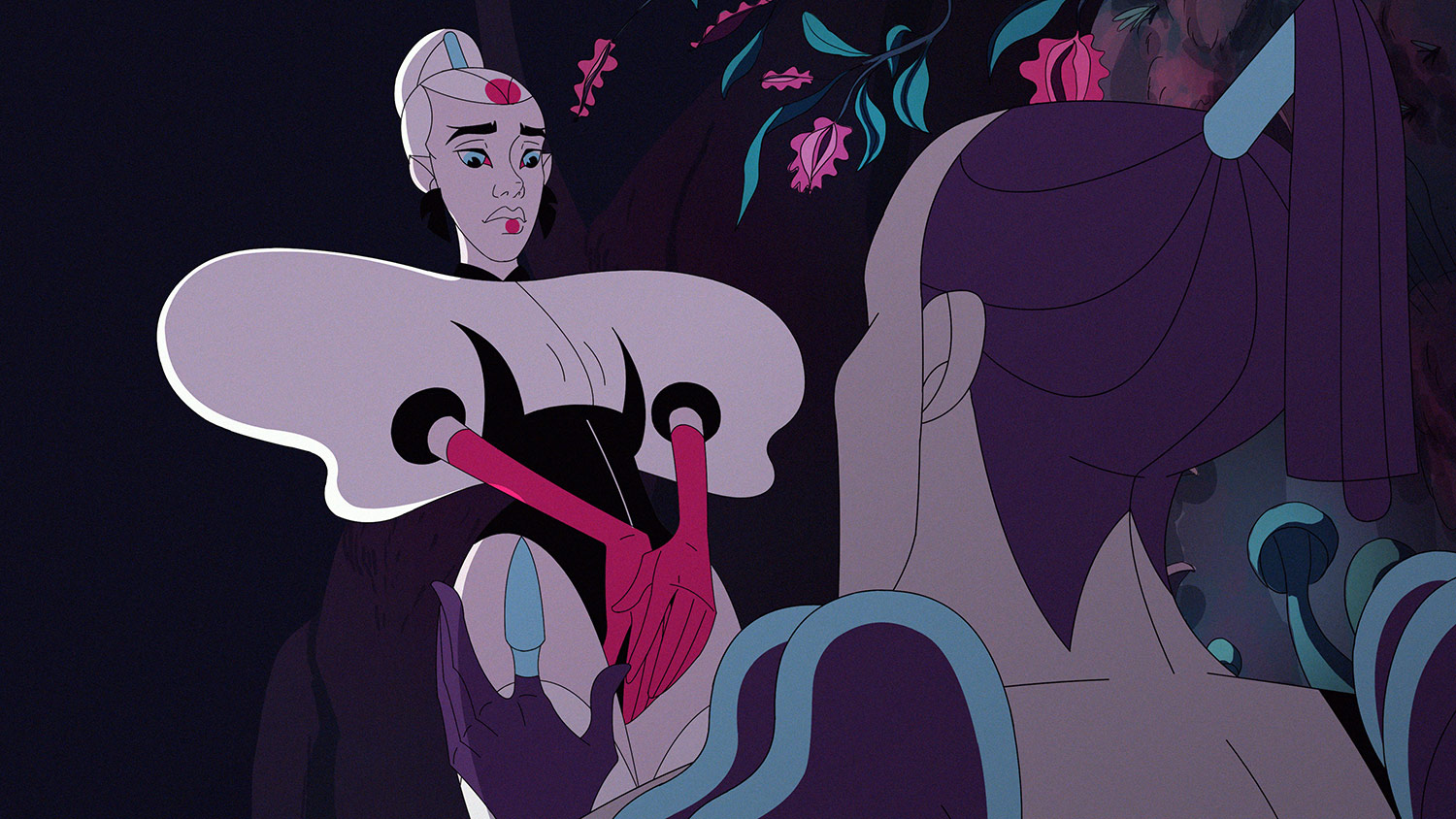
The web series format
Originally conceived as a feature film concept, Fjer was developed into an 8 x 6’ web series, so that it could partake in a web series program for new Danish talents.
“It’s a very cool format to introduce this kind of animation to the grown-up audience in Europe,“ Nørgaard says. “The audience has a smaller commitment to the format, because they can get into the universe for a smaller amount of time. For some it can be demanding to watch animation, and especially limited animation if you’re not used to it. So I think [the web series format] can be a good gateway for European grown-ups to start watching animation.”
After finishing the concept pilot, Nørgaard continued to rewrite the story for months, to make the story world fit into the web series format. But in the end, she realized that Fjer’s complex characters and detailed universe didn’t lend itself to a web series format, which required a beginning and end for each episode.
“There’s just something about the format that always felt odd [for this particular project],” Nørgaard reflects. “But as a young director and writer, I was just so eager to prove that I could do this, that I never actually dared to ask myself, ‘Is this the best way to tell the story?’”
Regaining focus
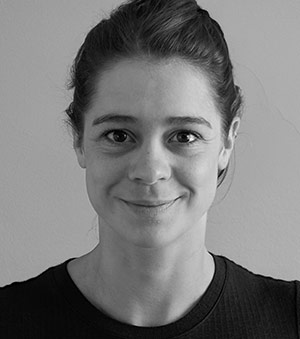
Currently the studio is exploring different formats for the project, and this time they are thinking about what format best suits their characters and world. “I think I just wasn’t prepared for how much I could actually be influenced by other people’s opinions on the project…You really have to have this big anchor in the ground, saying ‘This is what I am [as a project].’ Because you get pushes and questions from everybody, and at some point you just get so confused, and you’re like, ‘I don’t know anymore.’”
She continues, “It’s really important now to step back and look at it again, and ask myself, ‘What was it that I initially wanted to do?’ Because when you work on a project, there’s a zillion important topics in the world that could fit into a story. And to stick to that one, you have to make a kind of contract with yourself before.”
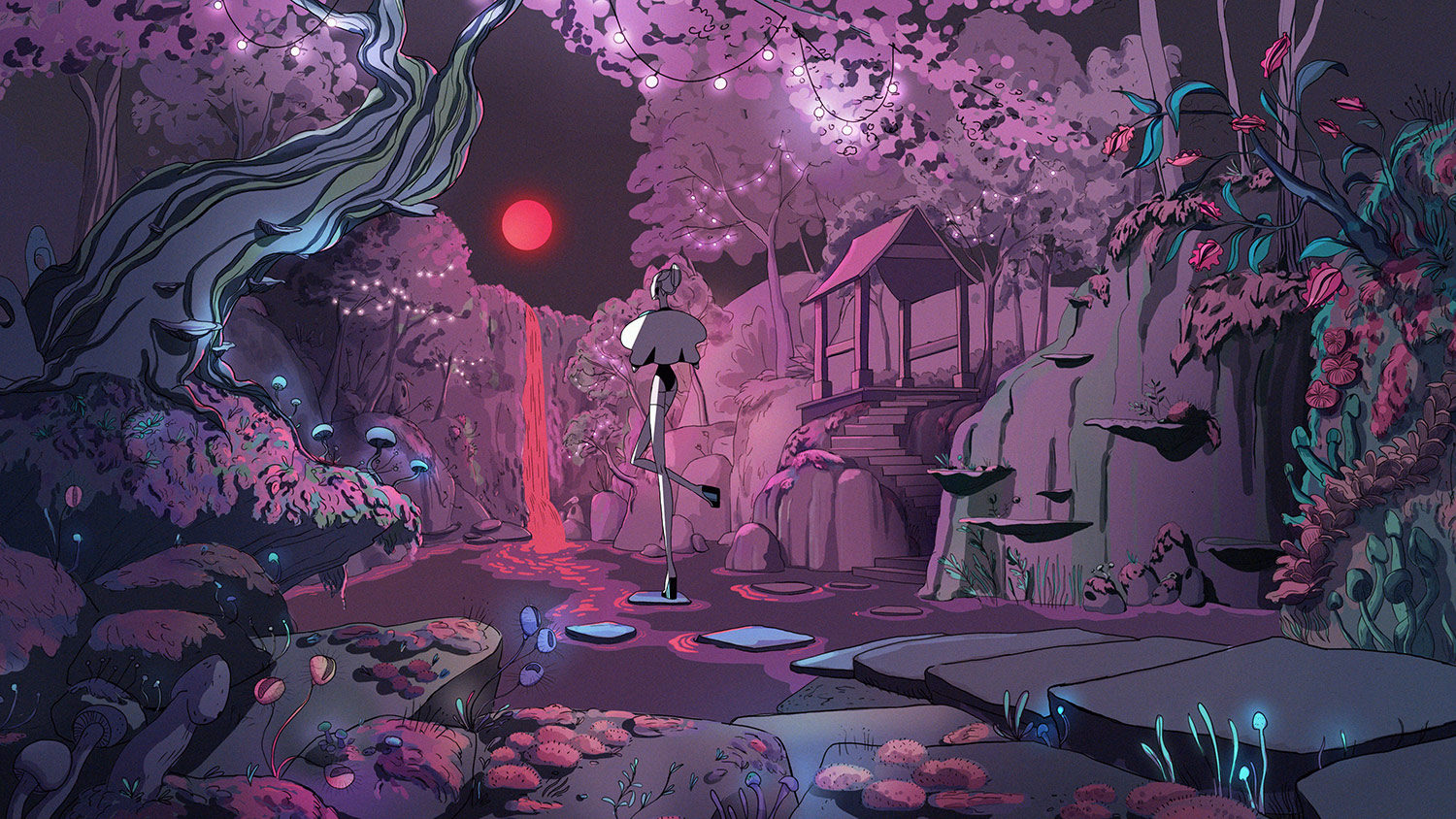
Writing female-driven stories
Besides the format, the team also ran into some difficulties navigating today’s focus on female-driven stories. “When I talk about the project, a lot of people comment on the fact that it’s a female character,” Nørgaard says. “So it’s something I was conscious about all the time while writing…I felt like I had to carry all of the intentions of doing it differently, doing it right. I felt if I do this, she doesn’t have enough of her own will; if I do this, she becomes too much of a man in a female body; if I do this… No matter where I went with the story, I would kind of hit a wall.”
She describes the difficult balance between wanting to be proactive about creating female stories by female artists, while not having it be pigeon-holed into a specific category. “It’s actually very difficult just having it [be recognized] as a pure creative decision, like, ‘This is what we wanna do, and we feel these are the best people to do it.’ Because of our gender, somehow it becomes political…And I’m like, fuck that shit. Why do I have this responsibility because I decided to write a female character?”
The only solution, they’ve found, is trying not to think about it, and simply writing the story. “People can have an opinion,” Nørgaard adds, “but I know that I need to get less opinions while I’m writing. And then also take [opinions] from the right people. Because I know that if I send it to the right five people, I’ll have really good–and enough–feedback.”
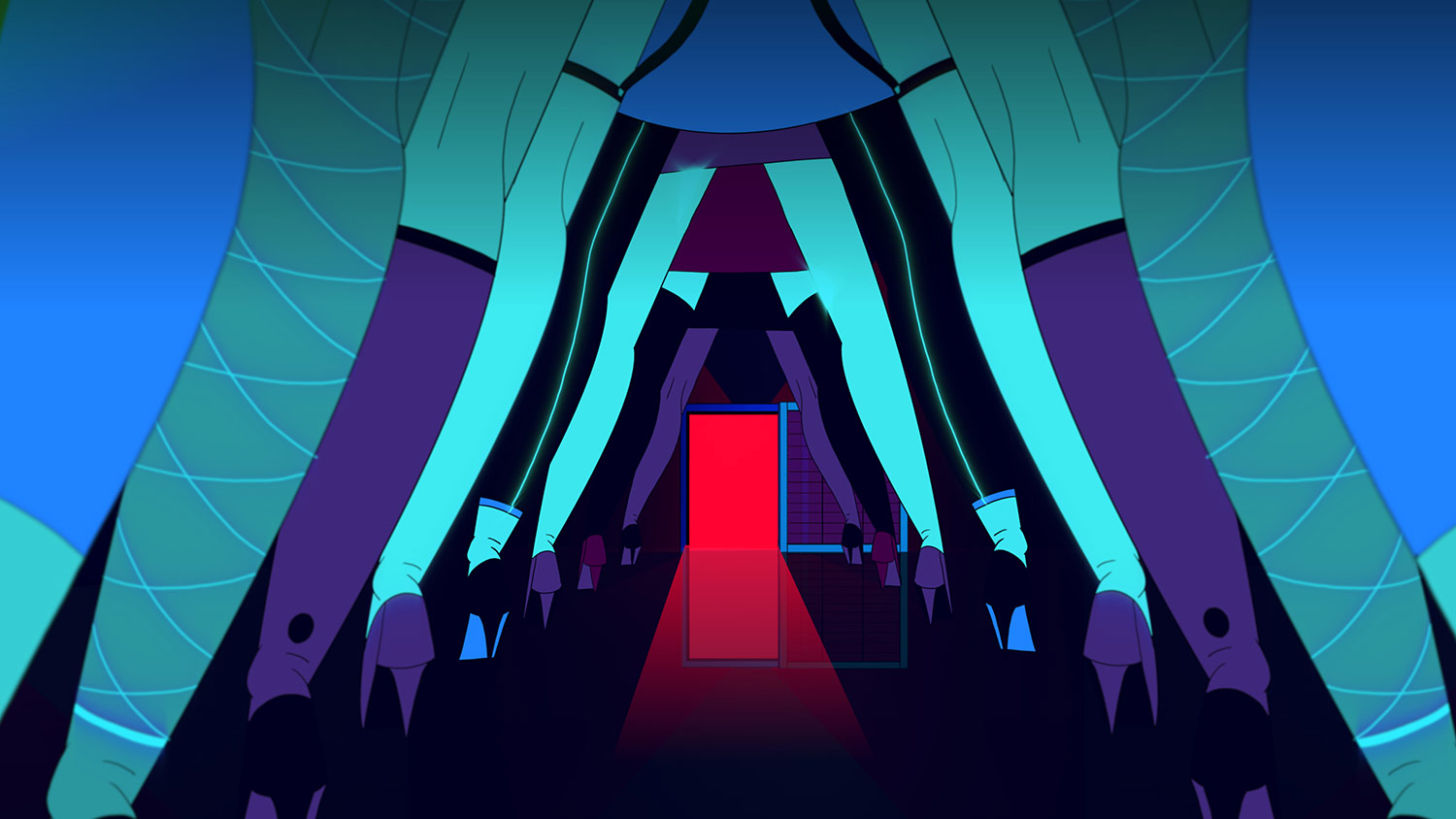
Eyes set on the future
Developing an indie animated project takes a long time, and it’s easy to get discouraged. Luckily, Nørgaard and Lescanne can count on encouragement and advice from industry colleagues at festivals and events. Nørgaard remembers one motivational comment in particular, from producer Yosuke Asama at Japan’s Toei Animation. To the duo, he said, “It’s super tough, but if you have to do it, you have to do it.” Nørgaard explains, “What I got from it is that it’s not easy at all. But if there’s a story you need to tell, then you just continue until it gets out there. Somehow.”

.png)